We all get a little concerned when the battery levels on our phones and tablets become increasingly low. It may even feel like the longest time frame between plugging your 1% battery into your charger and seeing the icon light up on the black screen.
But are you worried that your obsession with your smartphone might set you back? Or perhaps letting your friends top up their battery at your house every weekend is worrying you about how much it’ll cost? Well, you may be surprised to know that charging your smartphone and tablets is actually extremely affordable.
According to the Charger Tariff Calculator, it costs the average smartphone user only 0.3p to charge their device, resulting in less than half a pence per charge. That means if you keep your smartphone’s battery charged up every day of the week, it will cost you a total of £1.09 for the full year.
Alongside this, you might also be curious to know that charging a tablet costs 0.5p each time and a laptop 1.95p each time it goes from 0 – 100%. In other words, you will need to let your friend charge their smartphone 833 times at your home before they owe you a bacon roll. Find out how much it’ll cost you to charge your device here.
So there’s no need to be worried about how much electricity you’re giving away the next time your friend asks to recharge their phone battery at your house.
Additionally, technology giants are also progressively working towards making your smartphone battery last longer. In particular, the latest Apple flagship device, the iPhone XS, boasts an impressive 30 minutes and one hour more than the iPhone X in regards to battery life.
The resident energy expert at GoCompare, Ben Wilson, spoke about the new Charger Tariff Calculator:
“One topic that comes up time again with regards to saving energy and cutting down on the cost of our electricity bills, is the irritation people feel when visitors charge their devices ‘free of charge’ in their homes.”
If you are interested in reducing your overall energy use, then think on the larger scale of appliances rather than the small sections of power being zapped by your favourite gadgets. However, even larger-scale appliances have become considerably more efficient. Items like LED light bulbs use 80% less energy than older halogen light bulbs.
In any case, most of us are dependent on our smartphones to keep life and work running smoothly and running out of juice can leave you stranded. So, if you do find yourself to be that person that always borrowing a phone charger when you visit someone’s house, why not invest in a portable power bank and save yourself, and them, any hassle?
If you are interested in reducing your overall energy use, then think on the larger scale of appliances rather than the small sections of power being zapped by your favourite gadgets. How
Best Portable Power Banks:
To help you out, we have put together a list of our top 3 recommended power banks you need to stop your phone from running out of juice:






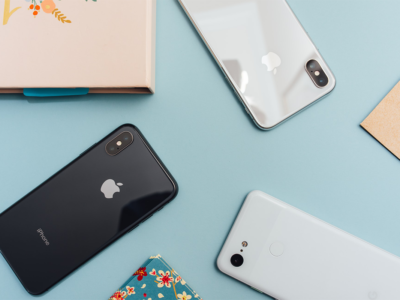

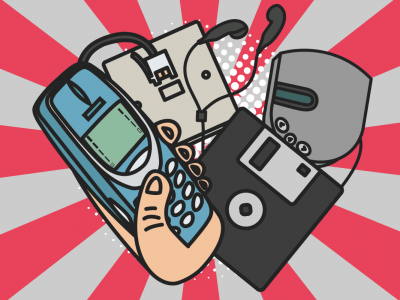
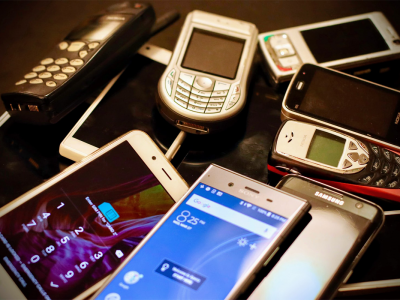

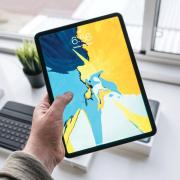



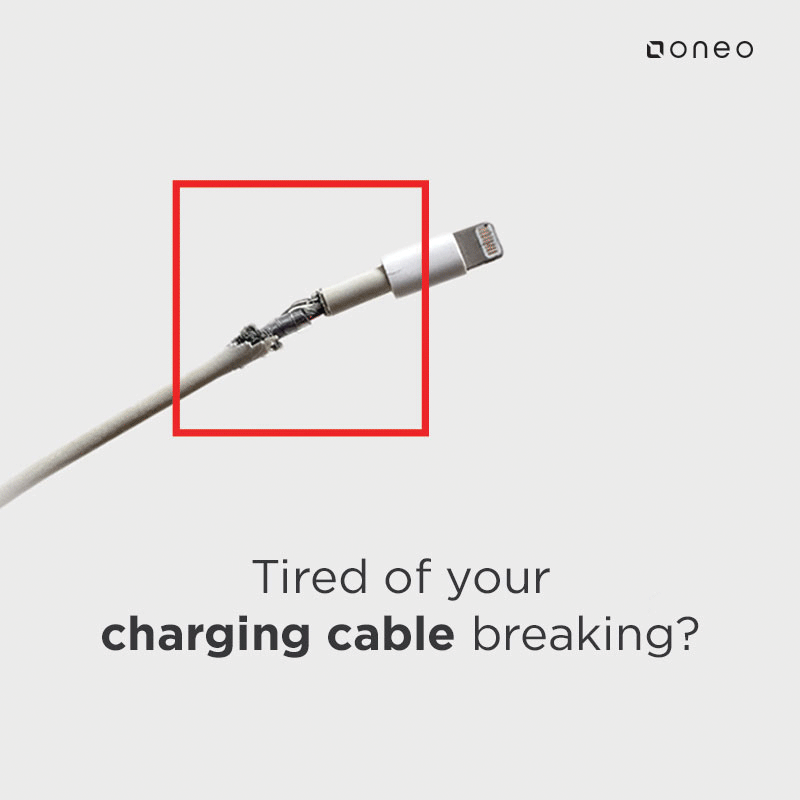
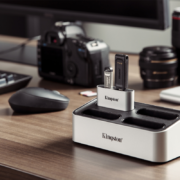
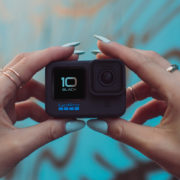

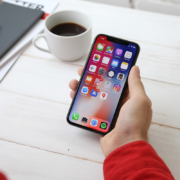
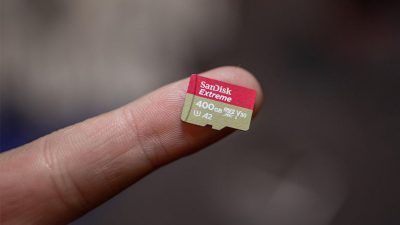
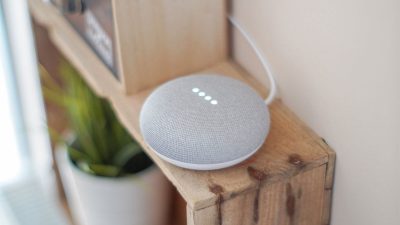
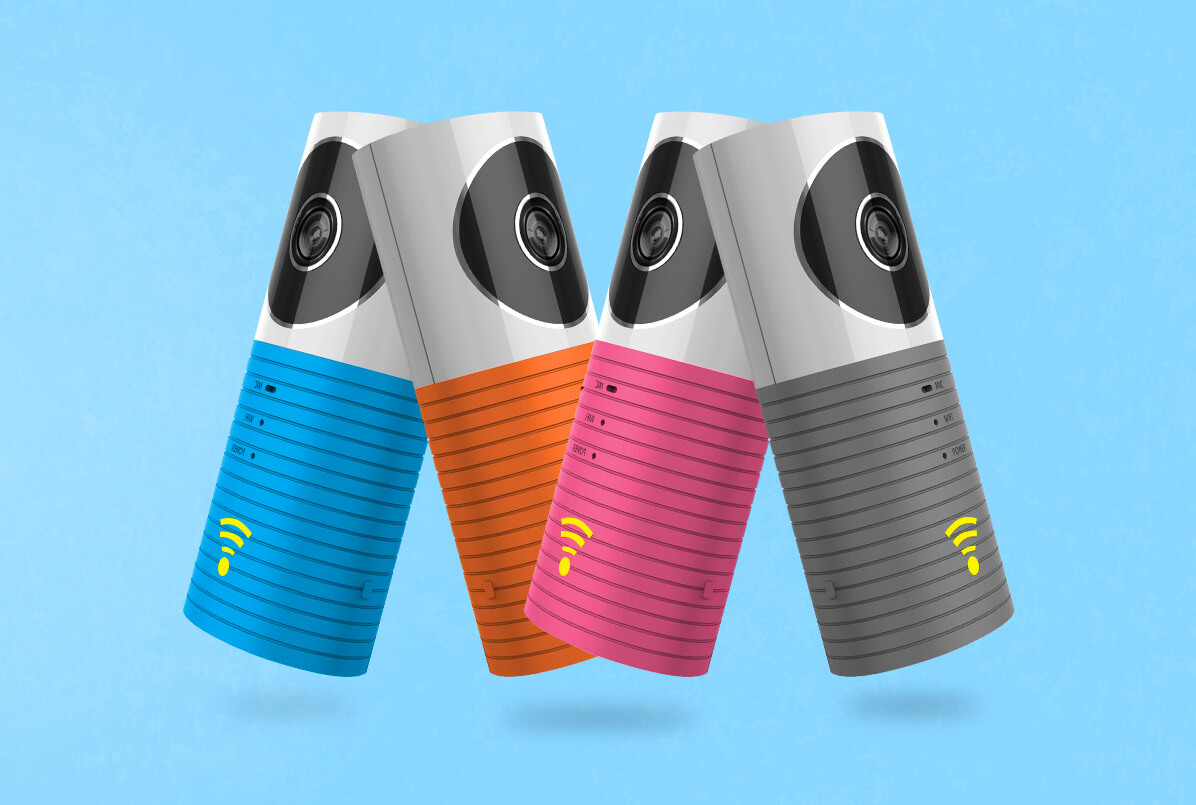
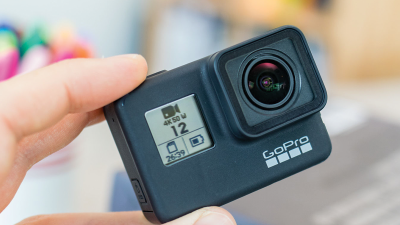

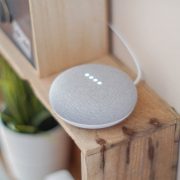

Comments